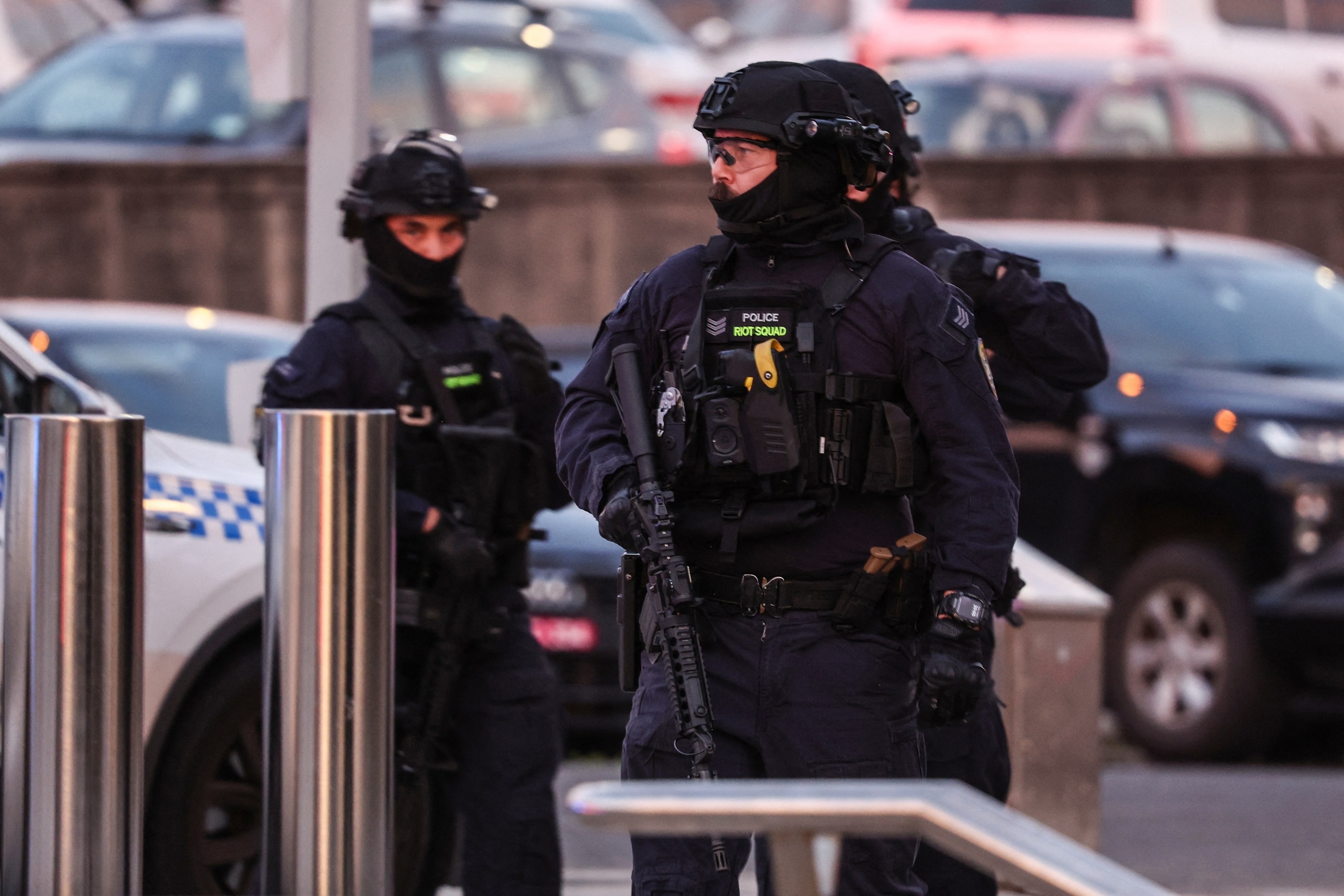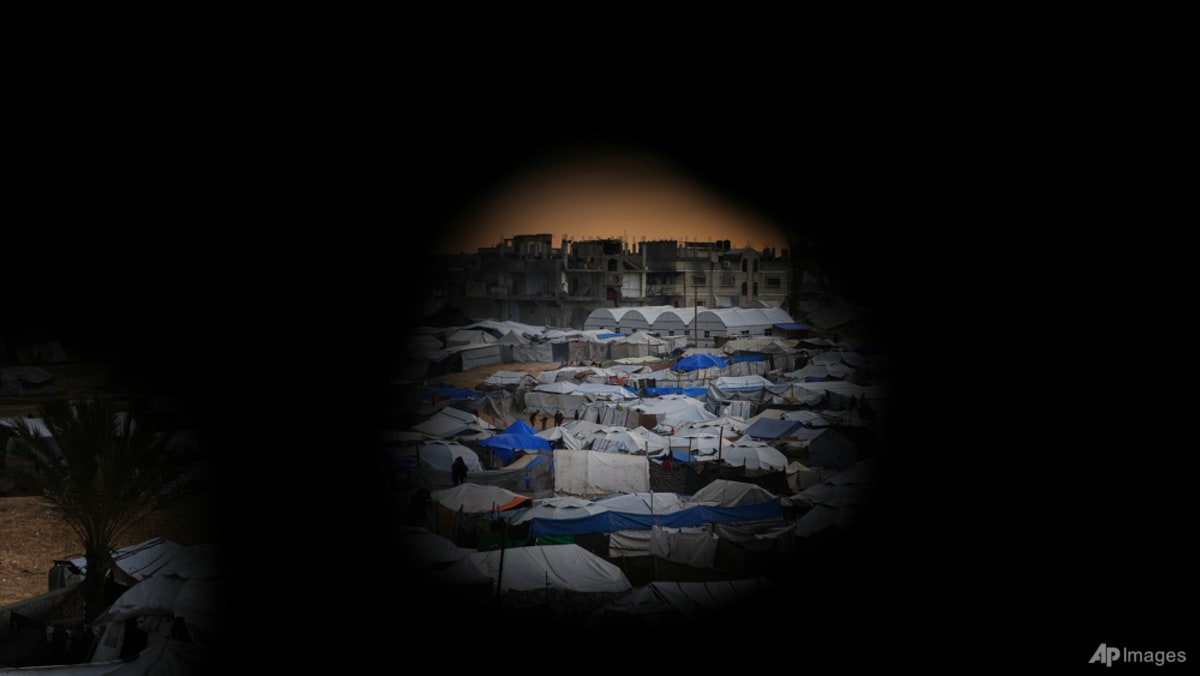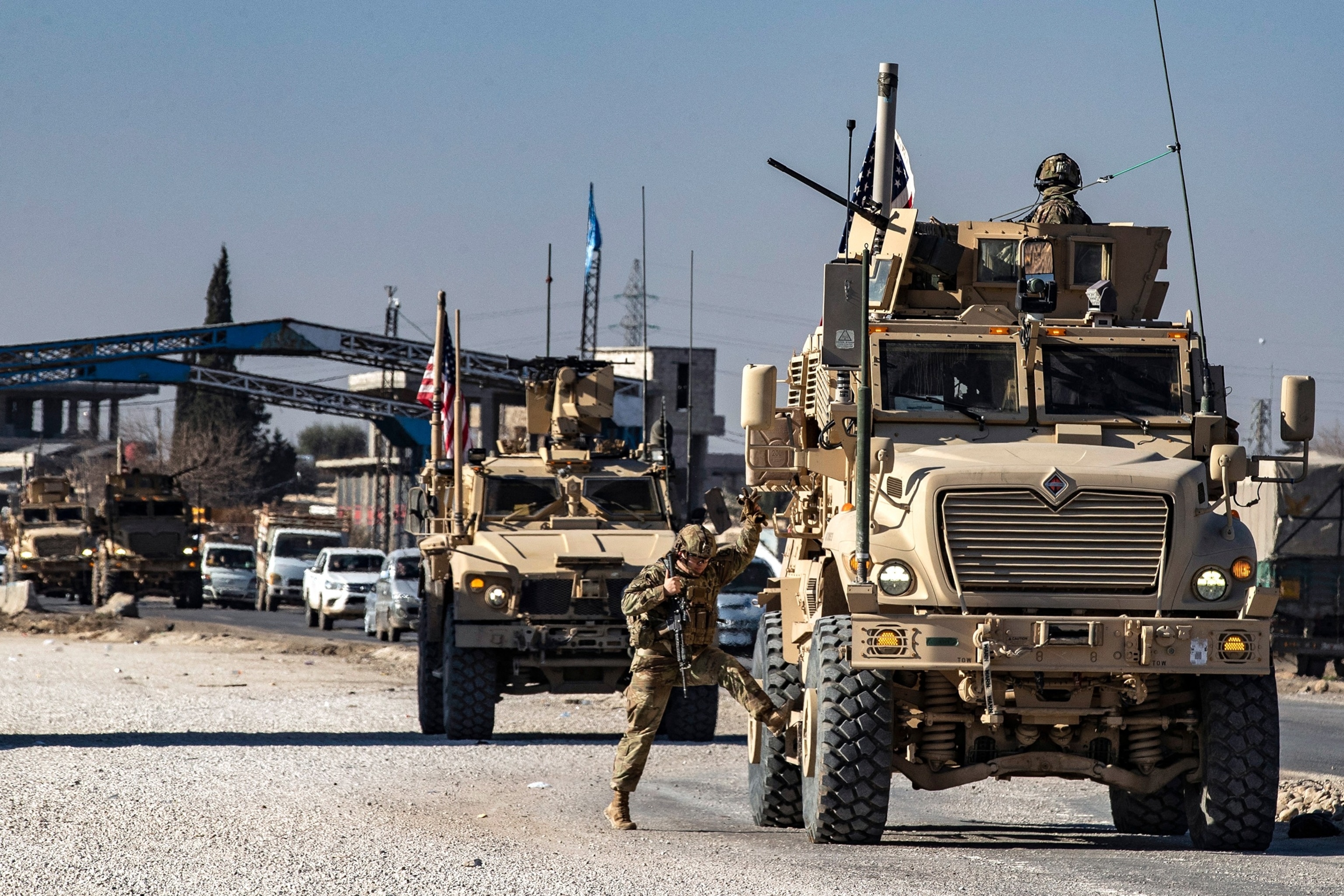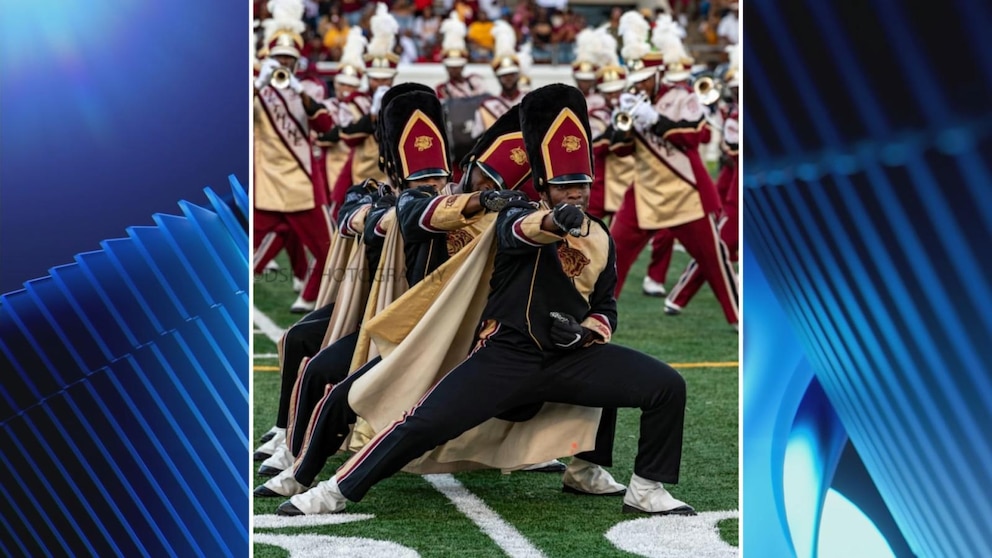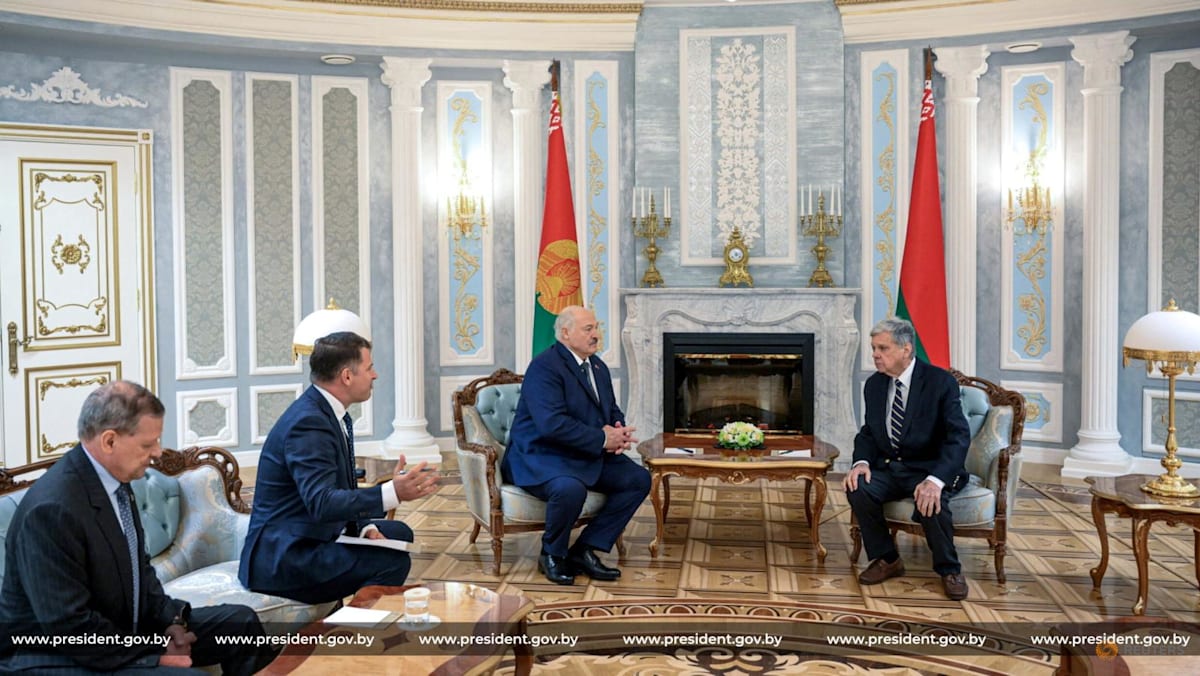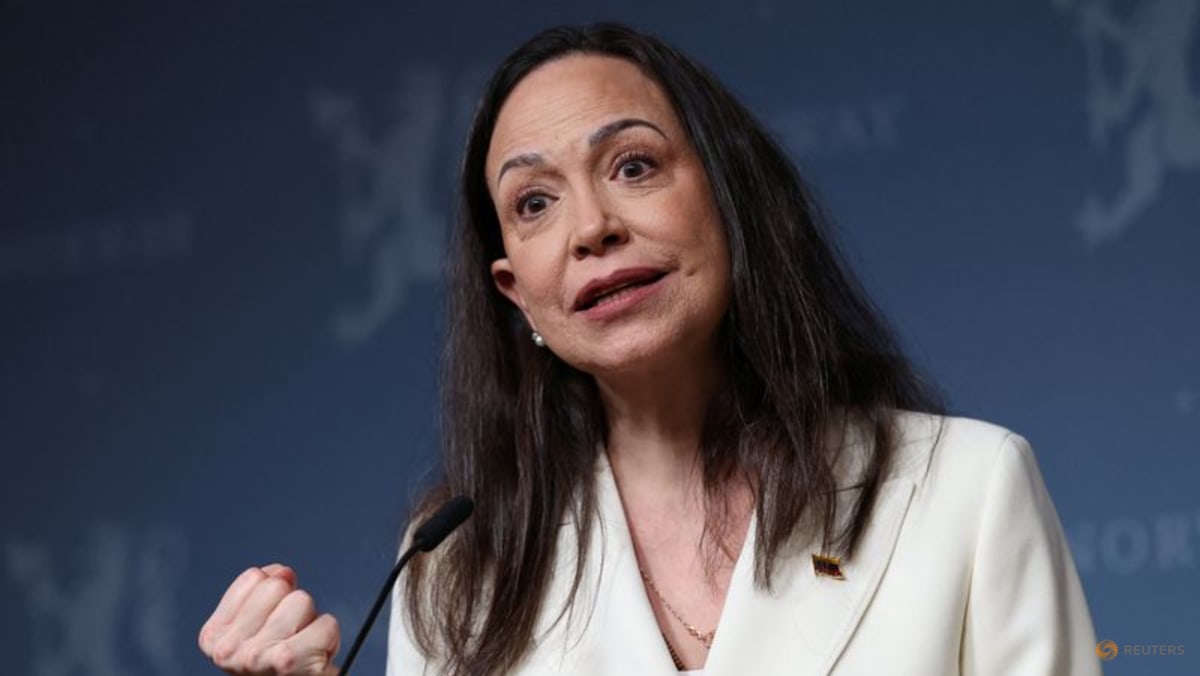Millions head to Mecca for huge haj in Saudi heat
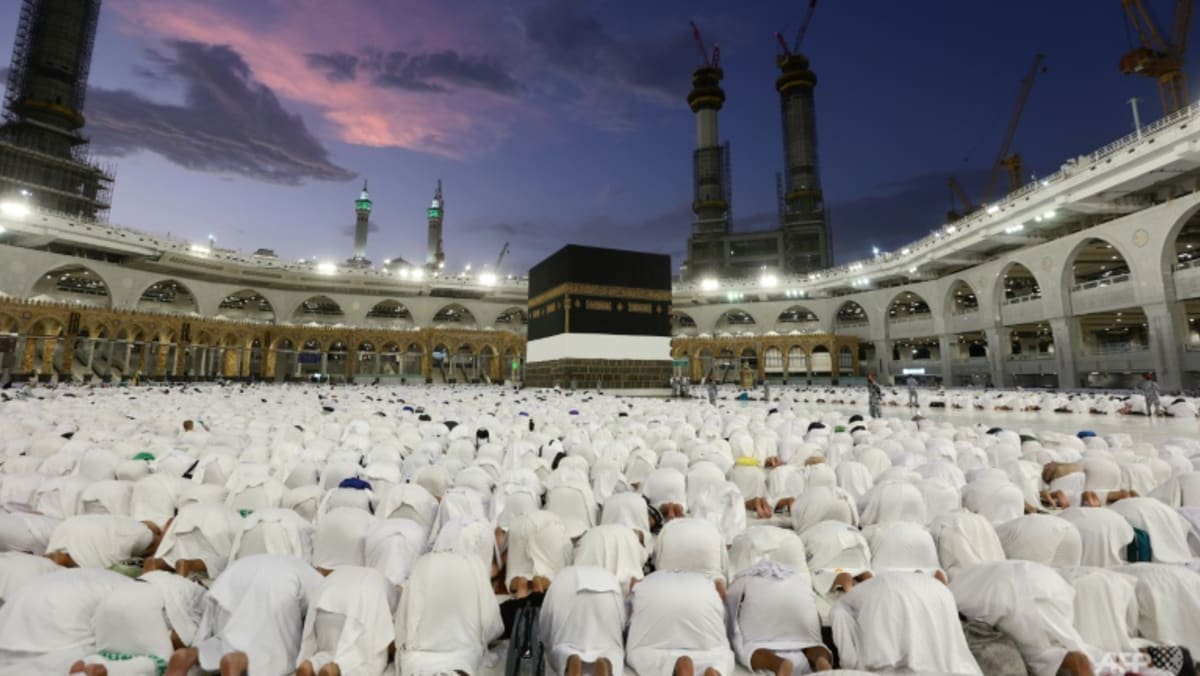
MECCA: Enormous crowds of worshippers thronged Mecca, Islam’s holiest city, on Friday (Jun 23) for the biggest haj pilgrimage in years, with more than two million expected to brave the scorching Saudi Arabian heat.
Pilgrims in white robes and sandals packed the ancient city, now dotted with luxury hotels and air-conditioned shopping malls, after flooding in on planes, buses and trains for the annual rites.
This year’s haj – one of the world’s biggest annual religious gatherings, with a tragic history of stampedes and other disasters – could break attendance records, officials said.
“As the haj draws near, the Kingdom of Saudi Arabia prepares … for the largest Islamic gathering in history,” Minister of Haj and Umrah Tawfiq Al-Rabiah said in a video published by the ministry this week.
Rites include circling the Kaaba, the large black cube in Mecca’s Grand Mosque, praying on Mount Arafat and “stoning the devil” by throwing pebbles at three giant concrete walls representing Satan.
More than two million people from more than 160 countries will attend, Rabiah said – a dramatic increase on the 926,000 from last year, when numbers were capped at one million post-pandemic.
In 2019, about 2.5 million people took part. Only 10,000 were allowed in 2020, at the height of the COVID-19 pandemic, rising to nearly 59,000 a year later.
The haj is among the five pillars of Islam and must be undertaken by all Muslims with the means at least once in their lives.
“UNBELIEVABLE FEELING”
Travellers from around the world have been pouring into Jeddah’s modernised airport, some of them using streamlined visa services to disembark from planes straight onto buses to their accommodation.
Some 24,000 buses will be in service to ferry the pilgrims, as well as 17 trains capable of moving 72,000 people every hour, officials said.
“It is an unbelievable feeling that is very emotional,” Souad bin Oueis, a 60-year-old Moroccan pilgrim, told AFP after arriving on her first visit to Saudi Arabia along with her husband.
This haj will be the biggest since the requirement for women to be accompanied by male guardians was dropped in 2021.
This year, the maximum age limit has also been scrapped, meaning thousands of elderly will be among those contending with Saudi summer temperatures that are expected to reach 44 degrees Celsius.
The haj rituals begin late Sunday at the Grand Mosque in Mecca. The worshippers will sleep in tents on Monday night and spend Tuesday at Mount Arafat, the climax of the haj, where the Prophet Mohammed is believed to have delivered his final sermon.
After casting pebbles in the “stoning of the devil” ritual on Wednesday, marking the start of the Eid al-Adha holiday, pilgrims return to Mecca to perform a farewell “tawaf” – circling seven times around the Kaaba.
HEAT RISK
Mecca pilgrimages are a major source of income for Saudi Arabia, which is embarking on an ambitious plan to overhaul its largely oil-dependent economy. The haj and year-round umrah rituals generate an estimated $12 billion annually.
An expansion project that involves scaling up infrastructure and transport supporting Mecca and Medina, where two of Islam’s holiest sites are located, is a key part of the economic plan as the kingdom looks to increase visitor numbers.
This year’s summer timing for the haj, which follows the lunar calendar, will test the endurance of worshippers during the four-day, mostly outdoor ritual.
More than 32,000 health workers will be on hand to help fend off heatstroke, dehydration and exhaustion.
But severe weather is just one of the risks at an event that has been hit by deadly incidents from stampedes to militant attacks.
Just eight years ago in 2015, as many as 2,300 worshippers died in a stampede during the “stoning of the devil” ritual in Mina near Mecca, the worst haj disaster ever.
More than 700 people died in a notorious attack in 1979, when hundreds of gunmen demanding the abdication of the Saudi royal family barricaded themselves inside the Grand Mosque, taking dozens of pilgrims hostage.
Ahead of the haj, security forces held a military parade in Mecca, including soldiers in full camouflage holding automatic weapons.
Umer Karim, a doctoral researcher focusing on Saudi foreign policy at the Britain’s University of Birmingham, said hosting the haj is a matter of prestige and a source of political legitimacy for Saudi rulers, the custodians of the holy sites.
The pilgrimage “gives the kingdom and its rulers a huge amount of esteem and prestige which then becomes a major source of the kingdom’s soft power”.
Source: CNA


